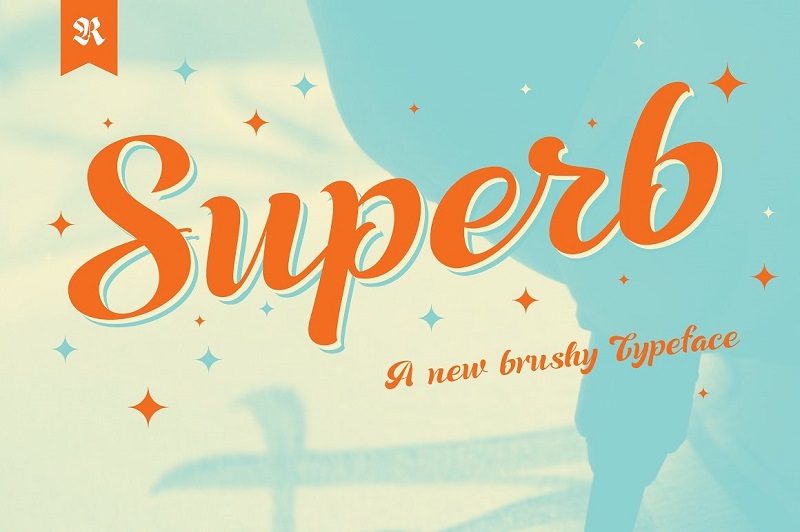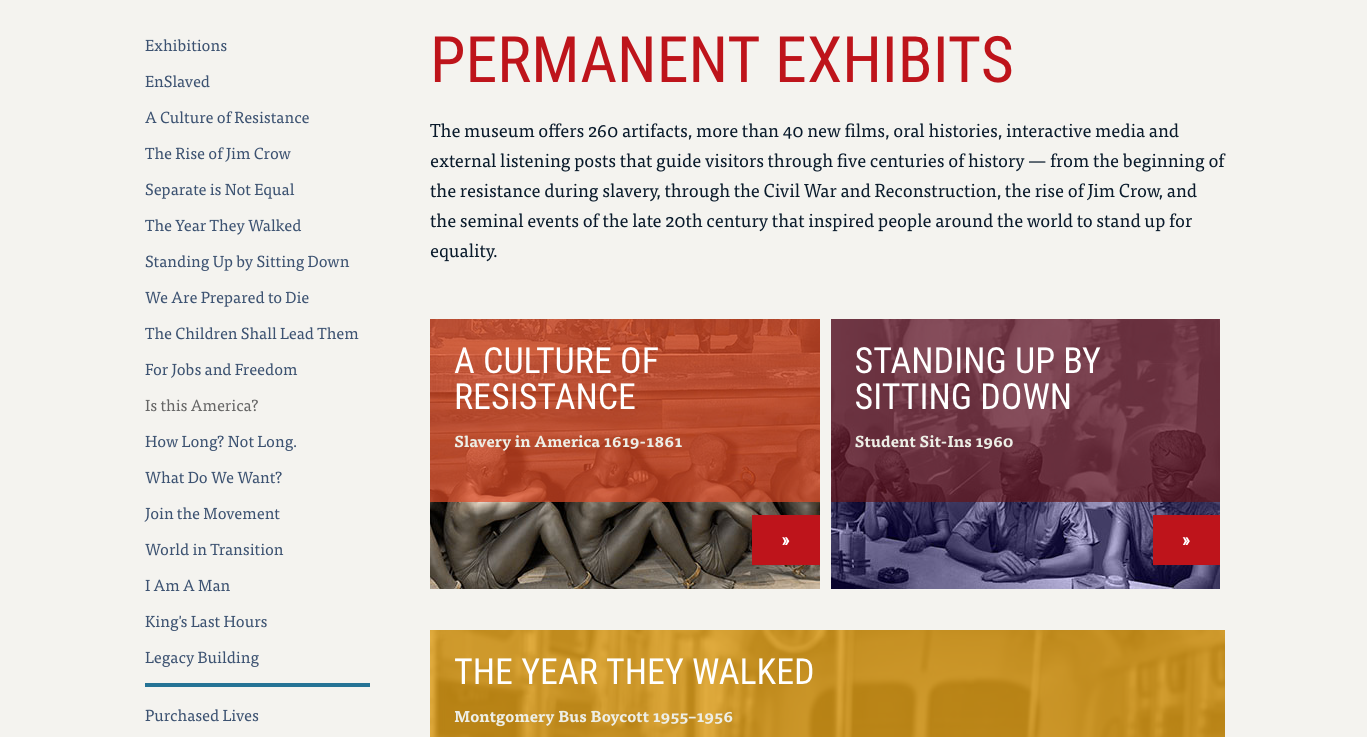
note The default tab-stop is ½ inch, which is exactly 3 em at 12 pt note, however, that while a tab-indent can be set manually, it's better practice to set the auto-indent feature in em units for more consistent and satisfactory results).įinally, due to quirks in how text is interpreted in web browsers, the most reliable method for getting a specific size of text when designing a website is the pixel unit, or "px" for short. It's also good for determining the proper indent for a block of text, with 1≣ em being standard.

As such, it's useful for specifying dynamic measurements linked to text size, as on websites designed for multiple devices and screen sizes. So, for example, 1 em at 12 pt size has a width of 12 points (1 pica or ⅙ inch), an em at 18 pt has a width of 18 points (1p6 or ¼ inch), and so on. Dimensions will usually be spelled out in a combination of picas and points, written in the format "XpY" - e.g., a text column with a width of 16p6 is 16 picas and 6 points, or 2¾ inches.Īlso pertinent is the em, which is a measure of width equivalent to the height of the bounding box at the specified point size.
#60S FONTS ON TYPEKIT SOFTWARE#
While not relevant to consumer-grade apps like Microsoft Word, it's used in the publishing industry to define the physical size of the paper, the text block, etc., and so is a standard unit of measurement in professional typesetting software like Adobe InDesign. (Microsoft and Adobe eventually made the similar OpenType format as a replacement for TrueType.) It also uses a different way of doing curves than PostScript.Ī related term to the point is the pica, which is defined as 12 points, or ⅙ inch.
#60S FONTS ON TYPEKIT LICENSE#
TrueType was made by Apple to compete with PostScript, with Apple granting a royalty-free license to Microsoft to further help TrueType compete with PostScript, and a bitmap font is not needed.

#60S FONTS ON TYPEKIT WINDOWS#
Adobe Type Manager, available for macOS and Windows, would let you see the fonts and even anti-alias them, but current versions of Windows and macOS do this by themselves. The first iterations of Windows and macOS couldn't actually show them on screen, so a bitmap version of the font was still needed. PostScript fonts are the first vector-based font, used by printers that supported the PostScript language. Most systems will allow you to use bitmap fonts at point sizes other than what the font has, but results aren't pretty. Most of these have only one bit to tell the system if a specified pixel is used by the character or not. Bitmap fonts have glyphs as bitmaps at different point sizes. There are several formats for font description files, with Bitmap, TrueType, OpenType, and PostScript being the most widely used (with TrueDoc, Embedded OpenType, Web Open Font Format and SVGT being variants that can be embedded in web pages). Here I’ve only used size and weight to establish my hierarchy but for even better results you can try to experiment with color and contrast as well.Modern computer fonts are stored in font description files, which contain the information for rendering the font on the screen (or on a printed page). Meanwhile, on the right, we have the same content but with a clear typographic hierarchy, so it’s much easier to distinguish between the different elements. On the left the text is one size and one weight so it’s hard to differentiate between headings and body text. Without a clear hierarchy the text becomes much harder to scan and therefore generally harder to read. Its purpose is to give pages structure and guide the user through the content. Here goes:Ī typographic hierarchy can be established by using a variety of methods such as size, weight, color, and contrast.

Not only will this list teach you the fundamentals but you can also use it as a check list to work through on future projects. Having such knowledge allows designers to communicate more effectively, enabling them to create better designs and websites that are easier to use.įor more experienced designers setting text may come naturally but for those who are just starting out I’ve decided to put together a list of the basic do’s and don’ts. As so much of the content available on the web is text it’s essential for web designers to understand the basic principles of good typography.


 0 kommentar(er)
0 kommentar(er)
